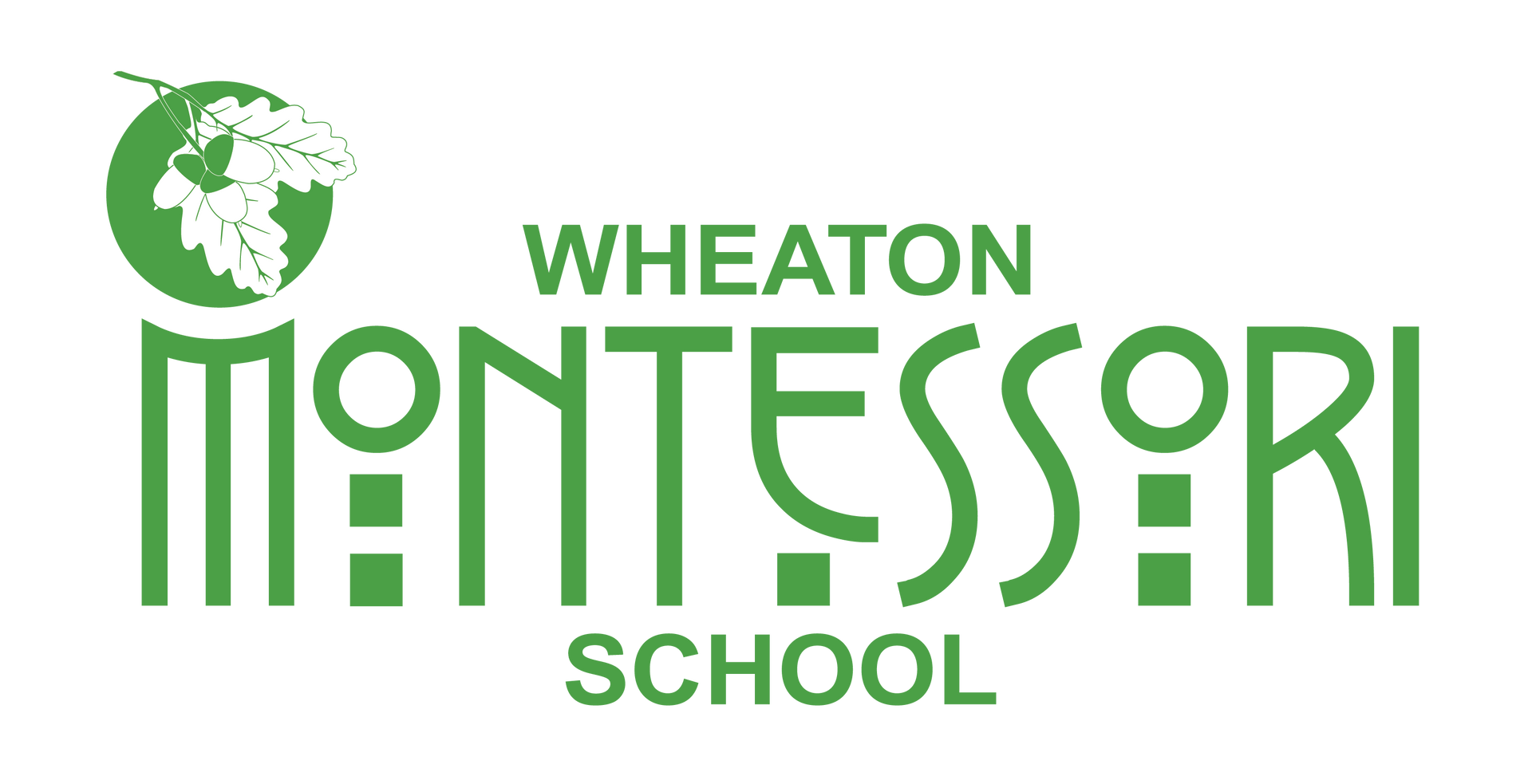
Trees start out small and then generally keep their form as they get progressively bigger and stronger. Children, however, change so much as they develop. Think about the transformations that happen from a newborn baby to a running toddler to a nine-year-old playing soccer to an adolescent driving a car. They almost don’t even seem like the same being as when they began!
Prior to the mid-1800s, people considered human development to be linear. A child was considered to be like a young adult who just got older and bigger, like a tree. However, the study of psychology changed the way we look at human development. Psychologists began to realize that humans pass through a sequence of different stages at different ages. This understanding of development as a progression was termed Stage Theory.
Origins of Stage Theory
Stage theories were popular during the time that Dr. Maria Montessori was developing her pedagogy. Stage theories take development and break it down into characteristically distinct stages assigned to specific ages. The theory assumes that certain characteristics are going to be developed during each stage. Stage theory also postulates that because certain aspects of development are supposed to happen during a particular stage, there are some innate powers available to individuals during that time. Those innate powers help individuals acquire the developmental progress for that stage. Stage theories also imply that there is also going to be a sequence to development and that stages can’t be skipped. The outcomes of one stage become the foundation for the following stage.
A number of Dr. Montessori’s predecessors, contemporaries, and students were likely influencing her work, and likely she was influencing theirs. Some key individuals include: Jean-Jacque Rousseau, Sigmund Freud, Erik Erikson, Jean Piaget, Lawrence Kohlberg, and Gail Sheehy.
Montessori’s Model: Planes of Development
Dr. Montessori didn’t develop stage theory but used this construct to help her better understand human development. What is different about Montessori’s stage theory is that it doesn’t focus on a particular aspect of development. Rather her framework is holistic and incorporates physical, social, emotional, and intellectual development.
Dr. Montessori called her holistic stage theory the “planes of development.” Each plane is a distinct psychological learning period that spans about six years: birth to six, six to twelve, twelve to eighteen, and eighteen to twenty-four. Each plane is characterized by the physical and psychological changes that take place, as well as the environmental needs of each plane.
Dr. Montessori observed how the differences between each plane were so dramatic that the shift from one stage of development to the next was metamorphic. The same individual emerges from each plane, unrecognizable from the individual they were when they entered the previous plane.
Characteristics of the Planes of Development
Dr. Montessori passionately describes how education needs to follow these periods of development, to be sensitive to the rebirth that is happening for each individual.
“The child does not grow in a uniform way day by day, at the same rate. In growth there are crises, somewhat like the metamorphosis of the insects….In fact, it is the child himself who will be the guide of education.” – Dr. Maria Montessori, The Four Planes of Education
The metamorphosis that happens in different periods of growth demonstrates the unique needs, behaviors, and characteristics of children at different ages.
Since each developmental plane is distinct, it follows that the needs of individuals will also be distinct. Plus, at each stage children require different things from their environment. Furthermore, the successful completion of one phase sets individuals up for successful development in the next stage.
Dr. Montessori was an optimist and didn’t see this need for successful completion of each stage as being fatalistic. She thought that missed opportunities within a plane of development could be overcome with conscious effort and work. Granted, this development wouldn’t happen as easily as if happened at the right time, but Dr. Montessori thought that if individuals applied themselves and worked, they could overcome some of these obstacles. The work accomplished outside of an intended plane, however, would never be as fully integrated as if it had happened during its intended time.
Montessori’s Unique Approach
When Dr. Montessori developed her theory on the planes of development, she didn’t describe development in a culturally specific context or time. She described universal aspects of human development in all cultures.
Two other aspects set Montessori’s work apart from stage theory. One was that she focused on what is normal development for children rather than what is abnormal. She focused on the positive strengths instead of deficiencies. She demonstrated that highlighting strengths is not to the detriment of the areas that need support. Also, she articulated her theory of the planes of development and went a step further to develop an educational approach that supports it.
At Wheaton Montessori School and in Montessori schools all over the world, everything we do for children–all of our methods, materials, and environments–is reflective of our understanding of the planes of development. We understand the needs of children in the different stages of their development and know we have a profound responsibility to support those needs.
Schedule a tour to see how Wheaton Montessori School creates environments for the specific needs of children at each stage of their development from preschool through freshman year of high school.


